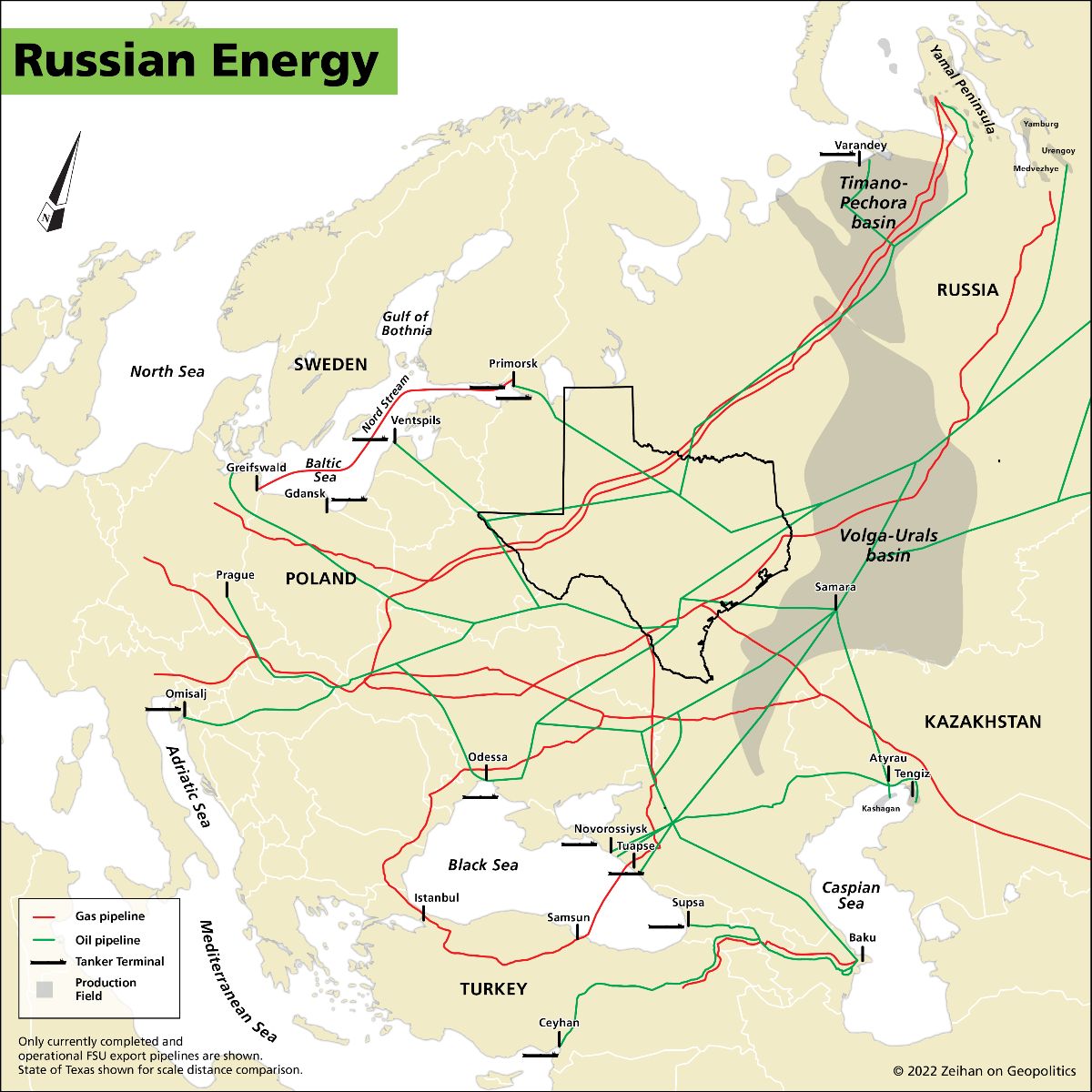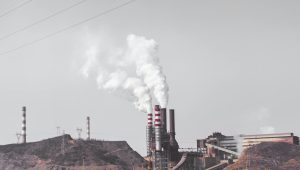Nowhere on earth boasts the sheer volume of cross-border hydrocarbon infrastructure as we see between Russia and its European neighbors. Or between Russia and the heart of the EU. Or between Russia and the bulk of NATO. A matter of perspective, I suppose.
Part of it is due to geography–flat land makes pipelines easier, and you have a captive, er, consumer population with underwhelming oil and gas reserves on one side of the border, and plentiful oil and gas on the other. Japan and China, try as they might, aren’t getting directly pipeline connectivity to the Persian Gulf.
Part of it is also strategic.
According to one’s perspective, Russia’s economy is wrapped up too intimately with that of its customers to threaten their stability. Ditto for the primary transit states carrying the bulk of Russian energy exports into Europe: Belarus, and Ukraine. As for the other side, well–how have the Europeans fared this past winter?

Now we are gearing up for the release of our newest project – The End of the World is Just the Beginning: Mapping the Collapse of Globalization. The new The above graphic is from my upcoming fourth book – The End of the World is Just the Beginning: Mapping the Collapse of Globalization. The new book breaks down the future shape of various economic sectors in a post-globalized world: finance, manufacturing, agriculture.
And energy.
Anyone following global energy trends and pricing can see that what happens in Russia’s neighborhood, does not stay in Russia’s neighborhood. Oil’s the easy part, and pricing is reactionary. But what about refinery supplies? North American and global natural gas pricing differentials? The future of the European LNG market? Asian supply premiums? The demand for new infrastructure development?
Join us tomorrow, March 4, for our next seminar on the fate of Russian energy, and how its foibles will shake the global economy off its foundation.
REGISTER FOR THE UKRAINE WAR: ENERGY EDITION
Can’t make it to the live webinar? No problem! All paid registrants will be sent a link to access the recording of the webinar and Q&A session, as well as a copy of presentation materials, after the live webinar concludes.









